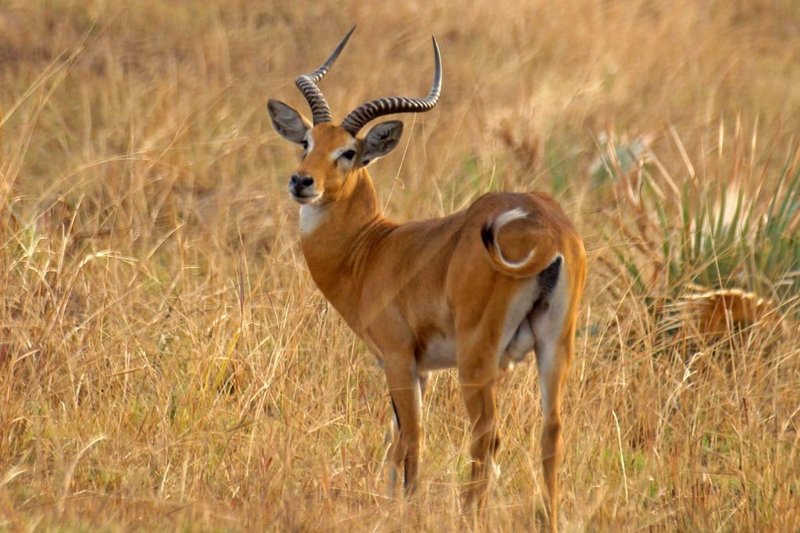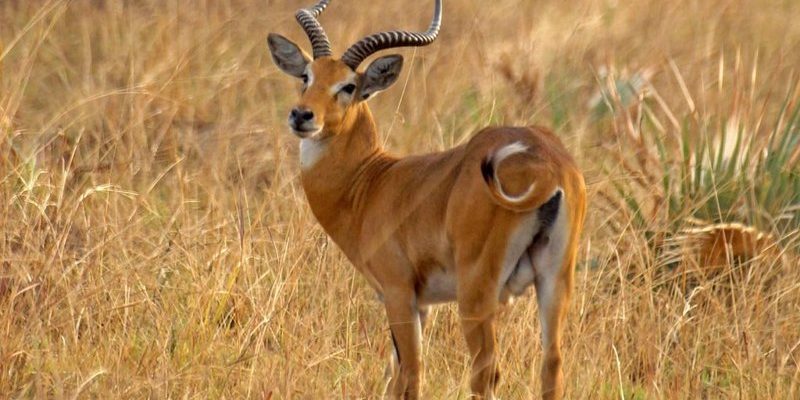
Here’s the thing: encountering a Ugandan Kob can be an exciting experience, but you should know how to handle it calmly and respectfully. Think of it like meeting a wild animal at a party. You don’t want to startle it or make any sudden movements, right? Instead, it’s important to understand the Kob’s behavior and how to best enjoy the moment while ensuring both your safety and the animal’s.
In this article, we’ll walk through what you should do if you encounter a Ugandan Kob in the wild. From understanding their habits to ensuring a safe distance, we’ve got you covered.
Understanding the Ugandan Kob’s Behavior
Before diving into what to do during an encounter, it’s helpful to know a bit about the Ugandan Kob itself. This beautiful antelope is known for its impressive agility and striking appearance. They’re typically found in grasslands and savannas, where they graze on short grass and leaves. You can easily recognize them by their reddish-brown coats, white underbellies, and the males’ distinctive, long, curved horns.
These animals are social creatures and often live in herds. They have a unique way of communicating through various vocalizations and body language. For instance, if you see them fidgeting or snorting, they might be signaling alarm. Knowing how to read these signals can help you gauge how to proceed during an encounter.
Honestly, the best approach is to maintain a calm demeanor. If you notice that the Kob seems aware of your presence but isn’t overly anxious, you might just be able to enjoy watching it without spooking it away. Remember, their natural instinct is to flee from potential threats.
Keeping Your Distance
When you encounter a Ugandan Kob, one of the most important things to keep in mind is to maintain a safe distance. Although they can look inviting and gentle, it’s vital to respect their space. Approaching too close can cause them stress, and they might react unpredictably.
So, how far should you stay? A good rule of thumb is to keep at least 50-100 meters away. This distance allows you to admire them without causing panic. If you’re using binoculars or a camera with a zoom lens, you can still capture some amazing photos or just enjoy the view without encroaching on their territory.
If you find that the Kob is getting restless or starts to move away, take it as a sign to back off. This isn’t just about being polite; it’s about ensuring both your safety and theirs. You wouldn’t want to corner a wild animal, as this could lead to aggressive behavior.
Observing Quietly
Once you’ve found your distance, the next step is to observe quietly. This part is all about being in the moment and appreciating the beauty of nature. If you can, try to find a good spot to sit or stand that allows for an unobstructed view.
While you’re watching, take note of their behavior. Are they grazing peacefully? Do they interact with other members of the herd? Here’s the thing: being still and quiet not only allows you to enjoy the experience but also helps the Kob feel more at ease.
You might be wondering what to do if you have friends or family with you. It’s important to remind everyone to keep their voices low and to avoid sudden movements. After all, nobody wants to ruin the moment by scaring off this beautiful creature!
Respecting Their Habitat
Part of having a positive encounter with the Ugandan Kob is being mindful of their habitat. Being in the wild comes with the responsibility of ensuring we leave no trace behind. Avoid walking off trails or trampling on delicate vegetation. This not only protects the Kob’s food sources but also preserves the ecosystem.
If you’re hiking or conducting any activities nearby, ensure you’re following the guidelines for wildlife interaction. Always carry out what you bring in—trash, food wrappers, and other items should be disposed of properly. Remember, the goal is to enjoy nature while protecting it for future generations.
You might also consider learning more about the Kob’s conservation status. As habitats change and human activities expand, understanding how to coexist with these animals is vital. Supporting local conservation efforts can make a big difference in preserving their way of life.
What to Avoid During the Encounter
While it’s thrilling to see a Ugandan Kob, there are definitely a few things you should avoid to ensure a safe interaction. First and foremost, don’t attempt to feed them. It may seem harmless, but feeding wild animals can alter their natural behaviors and make them reliant on humans for food.
Another thing to keep in mind is to avoid loud noises, sudden movements, or any form of harassment. Don’t try to chase or provoke the animal for a better view or photo. This can lead to stress for the Kob and could put you in danger, especially if it feels threatened.
Lastly, always stay with your group. If you’re alone, it’s much easier to overlook the best practices in wildlife observation. Having someone to share the experience with not only enhances the moment but also ensures there’s safety in numbers.
Leaving the Encounter: Reflection and Gratitude
As your encounter with the Ugandan Kob comes to a close, take a moment to reflect on the experience. Consider how fortunate you are to witness such beauty in nature. Perhaps you took some great photos, or maybe you simply enjoyed the tranquility of the moment.
Before you head off, make sure to express gratitude—not just for the experience itself but also for the natural beauty surrounding you. It’s essential to remember that these animals play a significant role in the ecosystem, and every sighting is a reminder of the importance of wildlife conservation.
As you walk away, keep your eyes peeled for other wildlife or stunning landscapes. Who knows? You might encounter another fascinating creature or breathtaking view. Just like life, the wild is full of surprises; you never know what you might discover next!
In summary, meeting a Ugandan Kob in the wild can be a magical experience. By understanding their behavior, respecting their space, and making mindful choices, you can ensure that your encounter is both memorable and safe. The key is to enjoy being a visitor in their world while acknowledging the beauty and fragility of nature.

